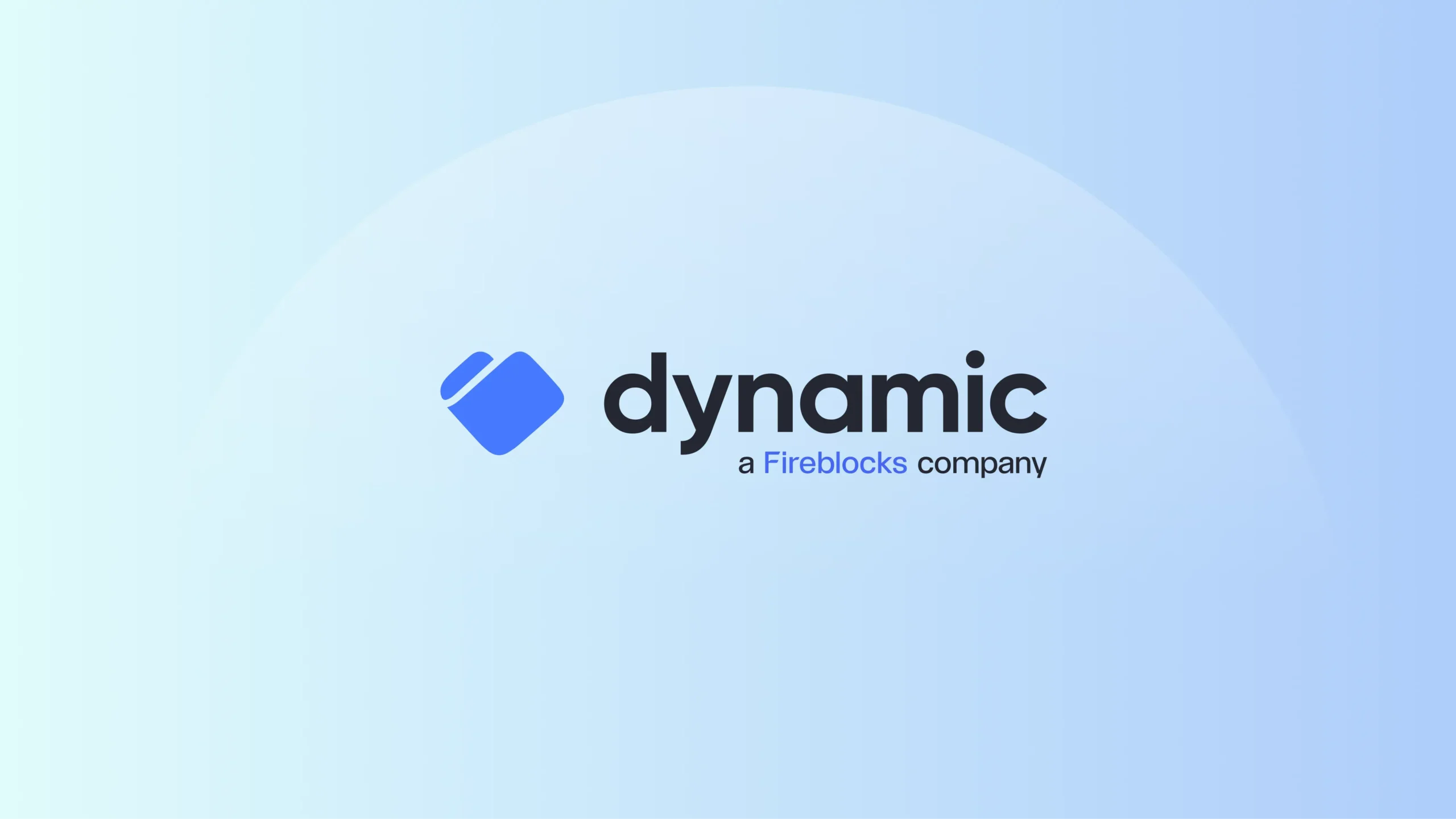With the dynamic start of the new US Presidential Administration, on the heels of our global annual kick-off, and with colleagues across our offices starting Lunar New Year celebrations last week, it’s a good time for Fireblocks to share our outlook on digital assets policy for the rest of the year.
Years in our industry are often unprecedented. 2025 will be no exception in three regulatory areas – the scale of global regulatory change affecting crypto intermediaries; the push and pull between tokenized cross-border payments and domestic payment rules; and the surge in institutional engagement with the asset class, highlighting necessary policy change.
Underpinning these regulatory developments will be a transition from governments around the world seeing digital assets as merely a risk, to more and more governments viewing digital asset adoption as an important aspect of staying competitive. The momentum being generated in the US is poised to kick-start that change.
Let’s look at these in turn, starting from the macro trend.
Digital asset policy shifts from protect to compete
Crypto competitiveness is not new, but in 2025 it will be on the rise. Forward-thinking Central Banks like those in Brazil and Singapore, as well as authorities like those across the UAE, have been making the transition from risk-mitigators to market enablers. The change in intent in the US, however, will accelerate this trend. We hear from clients and public policy stakeholders around the world how nations are beginning to debate fostering domestic digital asset champions and stablecoins backed by local currencies. With tariffs and other forms of economic statecraft quickly becoming the norm in Web2 and wider, nations would be that much more incentivised to not regulate away their ability to compete in a Web3 world. Use cases such as payments acceptance, cross-border payments, and tokenization of real world assets — where regulatory intent is just as important, if not more, than regulatory clarity — will be molded by this trend.
Intermediaries get regulated
Like dominos, digital asset intermediaries are falling into the regulatory scope. Exchanges, brokers, and custodians are facing new licensing, capital, and consumer protection rules around the world. This is in addition to the AML requirements most in our industry already observe. There are two drivers of the 2025 push — the high-level timeline set by the Financial Stability Board as well as regulators benchmarking against their global peers. Regulatory change drives go-to-market strategy and changes markets. Smaller players may choose to partner, including in order to meet their custody obligations. Larger players may choose to build a moat by launching new products and seeing licensing as an economy of scale. All players will have to be more aware of their operational risk and regulatory requirements, from complying with DORA in the EU to following cold-storage and key management rules across APAC.
Global payments faces local requirements
That payments is crypto’s killer use case in 2025 is now an industry refrain. From a policy angle, this mass adoption use case we all have been rooting for is starting to face a reality payment veterans are well familiar with — payments are a sovereignty issue. Stablecoins matter for the global role of their backing currencies. Stablecoin acceptance matters for the control of domestic payment rails. The promise of the thus far frictionless global stable asset class will be challenged by local regulatory requirements. For example, on capital — the EU asks for both minimal capital requirements of EUR 350 thousand and holding up to 60% of reserves in EU banks. Hong Kong’s new regime calls for HKD 25 million in capital requirements. Treasury management and issuance governance become mission critical for profitability. We fully expect that as the US crystalizes its approach to stablecoins, it will come head to head with jurisdictions, the EU in particular, which seek to localize issuances and reserves.
Year of the Institution
This year promises to be the Year of the Institution more than ever before. Banks and asset managers are rapidly increasing their investments in digital assets across use cases, from launching ETFs, through launching stablecoins or offering crypto-assets to HNWs, to tokenizing collateral and bonds. Often, debates on tokenization point to a lack of regulatory clarity. This is true, to a degree. For example, rules around the world, and in the EU in particular, are not clear enough on allowing the use of blockchains as records of trade; this needs to change. Bank capital requirements are unreasonably harsh for assets issued on a permissionless ledger. That is one reason why the Basel guidance on the prudential treatment of cryptoasset exposures, alongside the wider Basel III framework, is being challenged globally. There is also the issue of cash-on-ledger for institutional settlement. Here, either stablecoins, wholesale CBDC, tokenized deposits, or at best, all of the above, need to be cleared from regulatory scepticism. In digital asset operations and key management, policymakers, standard setters and institutions themselves ought to recognize control processes unique to engaging with blockchain-based networks.
But the biggest contributor to institutional engagement is favourable policy momentum. Tokenizing capital markets is akin to a prisoner’s dilemma. The market – the supply and the demand side – needs to move collectively in order to arrive at the win-win quadrant.
Being tenacious
The snake is considered the most tenacious of the 12 animals in the Chinese zodiac.
This is a good metaphor for our industry. We expect the buoyant market this new year to demonstrate the operational resilience of digital assets platforms built to last. Use cases, payments in particular, will demonstrate that digital assets are here to stay.
